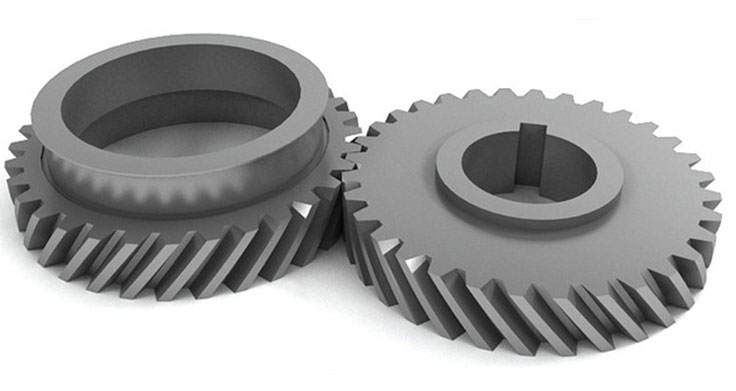
Optimizing gear meshing is crucial for achieving improved efficiency with helical gears. Proper design, manufacturing, and maintenance practices can lead to higher gear efficiency and overall system performance. Here are some essential tips for optimizing gear meshing and enhancing efficiency with helical gears:
1. Precise Gear Design:
- Ensure accurate tooth profile design and proper selection of helix angles based on the application requirements. Utilize advanced gear design software and adhere to recognized standards for tooth geometry.
2. Proper Material Selection:
- Choose high-quality materials with excellent strength, hardness, and wear resistance to ensure optimal gear performance and durability. Consider factors like tooth loading, speed, and operating environment when selecting materials.
3. Tooth Alignment and Gearbox Assembly:
- Maintain precise gear tooth alignment during gearbox assembly to avoid misalignment-induced losses and premature wear. Proper alignment ensures optimal gear meshing and performance.
4. Lubrication and Cooling:
- Implement an effective lubrication strategy to ensure sufficient lubrication between gear teeth, minimizing friction and wear. Adequate cooling systems are essential to prevent overheating and maintain gear efficiency.
5. Microgeometry Modifications:
- Apply microgeometry modifications, such as tooth crowning and lead corrections, to optimize the gear contact pattern and reduce noise and friction during meshing.
6. High-Quality Manufacturing:
- Utilize advanced manufacturing techniques like CNC machining and gear grinding to achieve precise gear tooth profiles and superior surface finishes. Quality manufacturing ensures consistent gear performance.
7. Proper Tooth Contact Analysis:
- Conduct tooth contact analysis to ensure that the contact pattern is evenly distributed along the tooth flank for uniform load sharing and reduced wear.
8. Gearbox Optimization:
- Optimize the entire gearbox system, considering factors like gear ratios, gear sizes, and shaft layouts. A well-designed gearbox integration enhances gear efficiency and overall system performance.
9. Regular Maintenance and Inspections:
- Establish a regular maintenance schedule to monitor gear wear and perform necessary maintenance activities to ensure long-term efficiency. Conduct routine inspections to verify gear dimensions and tooth profiles.
10. Noise Reduction Measures:
- Implement noise reduction measures, such as vibration dampening and acoustic treatment, to minimize gear noise during operation.
11. Finite Element Analysis (FEA) and Simulation:
- Use FEA and simulation techniques to analyze gear performance under various loads and conditions. This allows for optimization of gear designs and predicting their behavior for improved efficiency.
By following these tips and best practices, manufacturers and engineers can optimize gear meshing with helical gears and achieve improved efficiency in various applications. Proper design, material selection, manufacturing, and maintenance are essential for realizing the full potential of helical gears and maximizing their efficiency in industrial systems.
